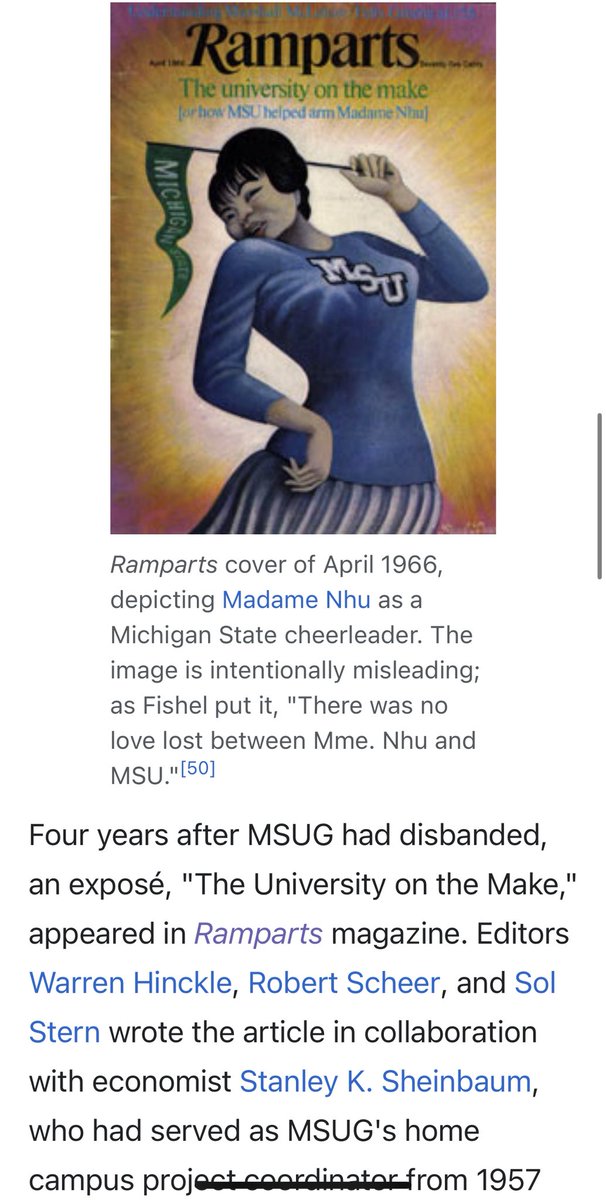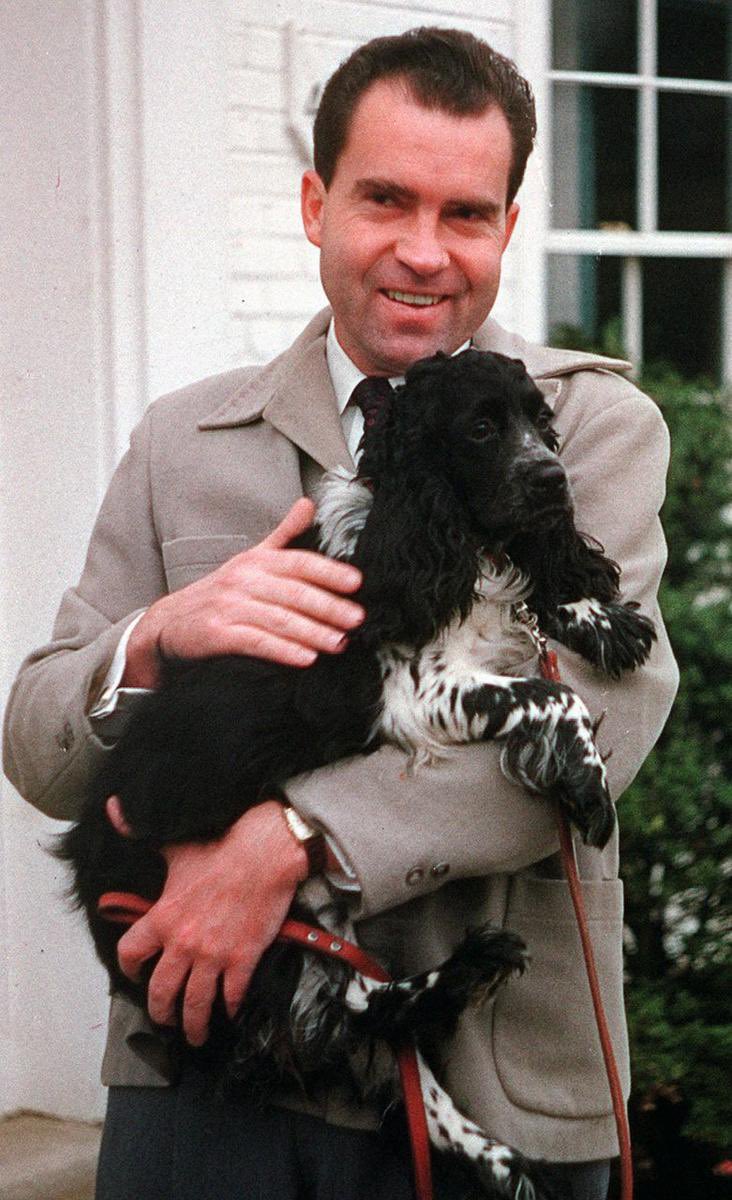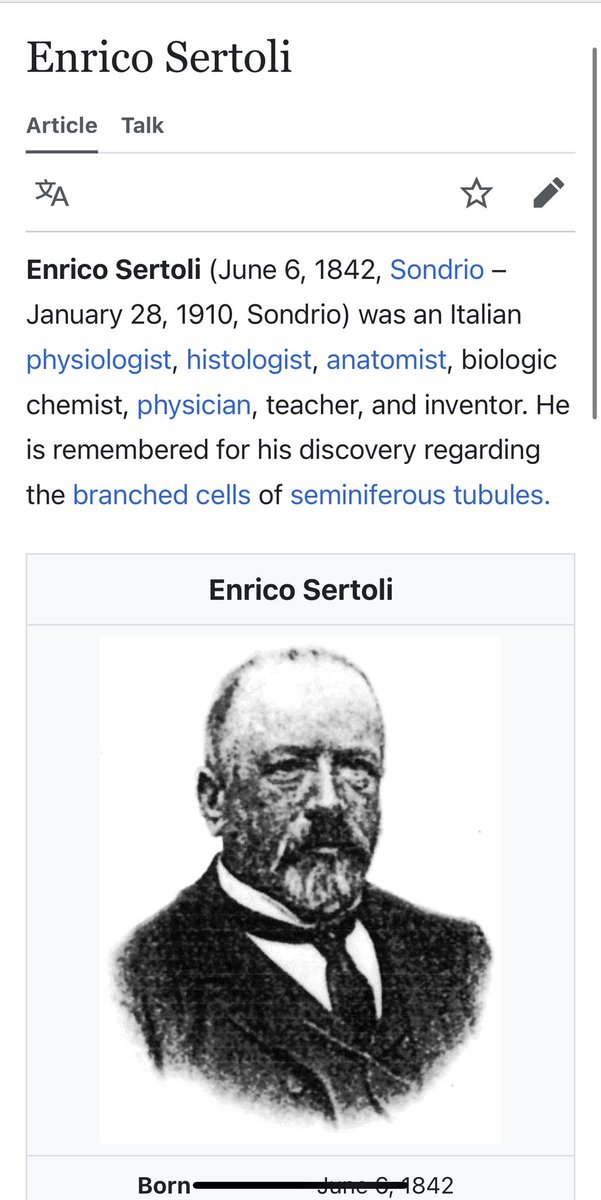Dunvegan Castle - Wikipedia
Dunvegan Castle is located 1 mile (1.6 km) to the north of Dunvegan on the Isle of Skye, off the west coast of Scotland. It is the seat of the MacLeod of MacLeod, chief of the Clan MacLeod. en.wikipedia.org/wiki/Dunvegan_…
Dunvegan Castle is located 1 mile (1.6 km) to the north of Dunvegan on the Isle of Skye, off the west coast of Scotland. It is the seat of the MacLeod of MacLeod, chief of the Clan MacLeod. en.wikipedia.org/wiki/Dunvegan_…
The castle is built on an elevated rock overlooking an inlet on the eastern shore of Loch Dunvegan, a sea loch. 







Notable family heirlooms kept at Dunvegan Castle include:
•Dunvegan Cup
•Fairy Flag
•Sir Rory Mor's Horn



•Dunvegan Cup
•Fairy Flag
•Sir Rory Mor's Horn




The Dunvegan Cup, Fairy Flag, and Sir Rory Mor's Horn are heirlooms of the Macleods of Dunvegan. This photo was taken sometime before 1927. 







Scott's rendering of the cup's inscription made him believe that it was a Hebridean drinking cup, dating from the year 993. Scott also declared that Macleod tradition had it that the cup had once belonged to "Neil Ghlune-Dhu, or Black-knee. But who this Neil was, no one pretends 

to say"In 55 BC, the Greek historian Diodorus Siculus wrote that there was an island called Hyperborea (which means "beyond the North Wind"), where a round temple stood from which the moon appeared only a little distance above the earth every 19 years. This may have been a 

reference to the stone circle at Callanish. As the Norse era drew to a close, the Norse-speaking princes were gradually replaced by Gaelic-speaking clan chiefs including the MacLeods of Lewis and Harris, Clan Donald and MacNeil of Barra. 



The Lords of the Isles ruled the Inner Hebrides as well as part of the Western Highlands as subjects of the King of Scots until John MacDonald, fourth Lord of the Isles, squandered the family's powerful position. A rebellion by his nephew, Alexander of Lochalsh provoked an
exasperated James IV to forfeit the family's lands in 1493. In 1598, King James VI authorised some "Gentleman Adventurers" from Fife to civilise the "most barbarous Isle of Lewis". Clachan Bridge between the mainland of Great Britain and Seil, also known as the 

"Bridge across the Atlantic", was built in 1792 The bridge was originally designed by John Stevenson of Oban (and not by Thomas Telford as sometimes quoted)[1] and was built between 1792 and 1793 by engineer Robert Mylne. Because the Clachan Sound connects at both ends to the 

Atlantic Ocean, and might therefore be considered part of that ocean, the bridge came to be known as the Bridge over the Atlantic (Scottish Gaelic: a' Dhrochaid thar a' Chuain Siar).[2] Such an appellation has also been applied to certain other bridges having similar 

situations, such as the Brúgvin um Streymin in the Faroe Islands and between Lewis and Great Bernera in the Outer Hebrides. The south wall of the bridge has been colonised by fairy foxglove (Erinus alpinus). It is a semi-evergreen perennial, with 10 cm (4 in) stems of narrow 

blue-green leaves and clusters of rose-pink flowers at the tips in spring and summer. It is popularly grown in rockeries or alpine gardens; and it occasionally becomes naturalised outside of its native range, especially on old stone walls, shown well from a well-known location 




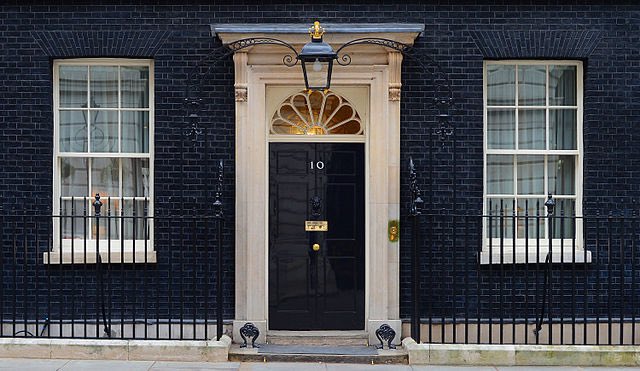


for this species on the old packhorse bridge at Carrbridge in the Highlands of Scotland Until the 1980s bypass was constructed, the A9 ran straight through the village. Carrbridge is served by Carrbridge railway station on the Highland Main Line.
Local debate still rages
Local debate still rages

regarding the name Carrbridge itself, with some preferring to see it hyphenated to Carr-bridge. The word "Carr" has nothing to do with motorised transport but is derived from the Old Norse word for boggy area. Carrbridge's most famous landmark is the old packhorse bridge, from 







which the village is named. The bridge, built in 1717, is the oldest stone bridge in the Highlands.[6] It was severely damaged in the "muckle spate" of 1829 which left it in the condition seen today. In 1847 someone wrote to the Inverness Courier giving it as an example of one
of the "all but deserted [bridges of which] the most useful and picturesque ought to be preserved".[7] It is now unstable and is recommended only to be viewed from afar. Jumping off the bridge into the River Dulnain below had long been a popular pastime for younger locals and the
more adventurous tourists. Packhorse bridges were often built on the trade routes (often called packhorse routes) that formed major transport arteries across Europe and Great Britain until the coming of the turnpike roads and canals in the 18th century.[1] Before the road- 
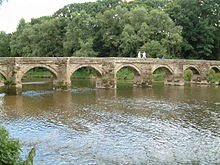
building efforts of Napoleon, all crossings of the Alps were on packhorse trails.[3] Travellers' carriages were dismantled and transported over the mountain passes by ponies and mule trains. 

Envisioned since the 1880s, the bridge was designed by the engineer David B. Steinman and completed in 1957 only after many decades of struggles to begin construction. But there were still long span suspension bridges to be built. Steinman was responsible for the Kingston- 

Rhinecliff Bridge (1957). More importantly, development and planning of the Mackinac Bridge had been contemplated for some time, and Steinman was appointed to the board of engineers based on Michigan State Legislature legislation of 1950, stating "the board of engineers retained 

by the Mackinac Bridge Authority was to be selected and nominated by the Dean of Engineering at the University of Michigan," and was soon the spokesman for the board. But his health was failing and he suffered heart attacks in 1952, the same year the legislature approved funding.
He was nevertheless heavily involved in all aspects of the construction of the bridge from start to finish. From the beginnings of his work on the Mackinac Bridge, Stewart Woodfill was impressed with Steinman's ethical procedure in addressing his requests. In 1950 new
legislation was produced stating "the board of engineers retained by the Mackinac Bridge Authority was to be selected and nominated by the Dean of Engineering at the University of Michigan" (Ratigan 280). This was to make sure that there was no political influence in this
decision. Steinman was selected to be a member of the board. Steinman who had been trained since he was young to work well in groups was chosen as the spokesman for the board. When it comes to speaking in front of large audiences Steinman does it naturally. It was said that
Steinman spoke "as comfortable before large audiences as he was on tall bridges" (Petroski 332). The stresses of the early stages of the bridge soon took their toll on Steinman. He had heart attacks in 1952, which was the same year that legislation approved the financing and 



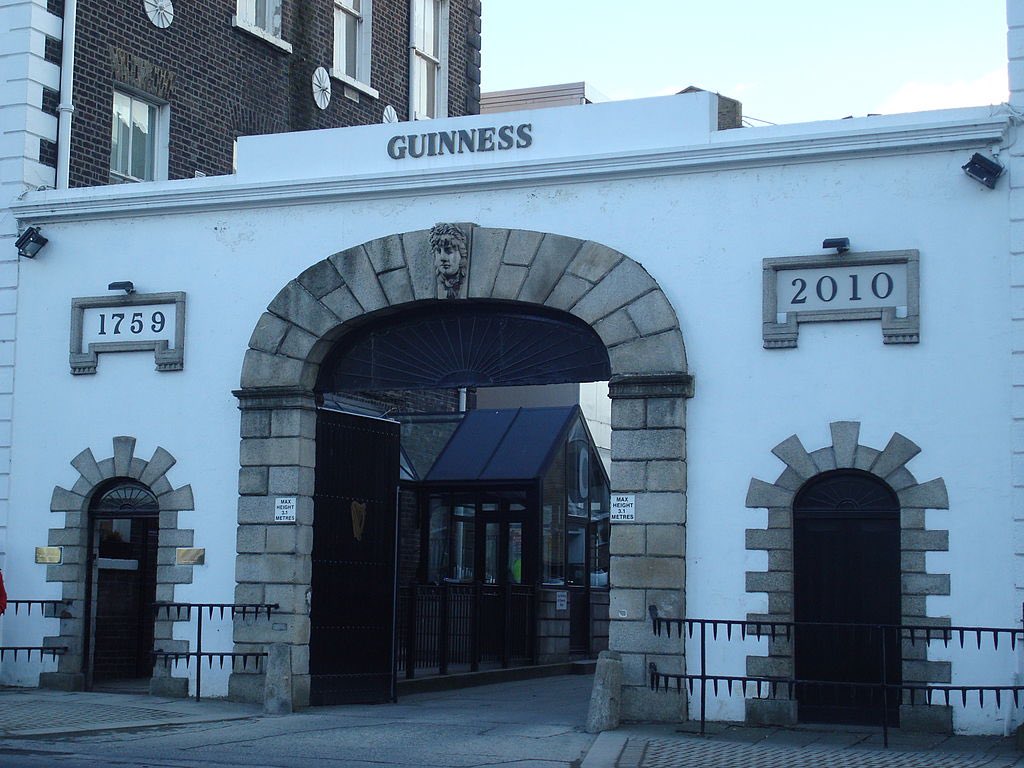



construction of the bridge. Although he proposed the project of the Strait of Messina Bridge, a grandiose 1524 meter center span crossing of the Sicilian Straits of Messina, the "Mighty Mac," completed in 1957, and at the time the longest suspended span between anchors, was his
last major achievement. In 1960, he was elevated as the 16th National Honor Member of Chi Epsilon national civil engineering honor society. Steinman died in 1960.
At the time of his death, he was president of the Society for the History of Technology.
--Tribute—In closing,
At the time of his death, he was president of the Society for the History of Technology.
--Tribute—In closing,
Dr. Dunn said this about the need for a broader education for engineers, "If the engineer's training neglects the great human mirrors of history and languages, if his heart and mind are insensible to the great social forces, if he but feebly develops the subtle qualities of
character that make for personality, his career is limited, no matter how much science he knows" (Ratigan 315).
The Steinman engineering firm is now part of the Parsons Corporation as of 1988. Parsons was founded by Ralph M. Parsons in 1944.[3] The company delivered electronics,
The Steinman engineering firm is now part of the Parsons Corporation as of 1988. Parsons was founded by Ralph M. Parsons in 1944.[3] The company delivered electronics,
instrumentation, ground checkout systems design, and engineering for aircraft, missiles and rockets during the Cold War.[4] In 1974, Parsons opened the first part of its Pasadena headquarters in Pasadena.[5]
In December 2019, it was announced that Parsons and Leidos Holdings Inc. had earned spots on a $4 billion contract to support the cleanup of a former nuclear weapons site in southern Washington state. 







The Detroit–Windsor tunnel was built by the firm Parsons, Klapp, Brinckerhoff and Douglas (the same firm that built the Holland Tunnel).[2] The executive engineer was Burnside A. Value, the engineer of design was Norwegian-American engineer Søren Anton Thoresen, while fellow
Norwegian-American Ole Singstad consulted, and designed the ventilation.[3][4]
The method used to construct the tunnel was immersed tube (sections of steel tube floated into place and sunk into a trench dug in the river bottom), as was done in the earlier Posey Tube.
The method used to construct the tunnel was immersed tube (sections of steel tube floated into place and sunk into a trench dug in the river bottom), as was done in the earlier Posey Tube.
The Detroit–Windsor tunnel was completed in 1930. It was the third underwater vehicular tunnel constructed in the United States,[7] following the Holland Tunnel, between Jersey City, New Jersey, and downtown Manhattan, New York, and the Posey Tube, between Oakland and Alameda,
California.
Its creation followed the opening of cross-border rail freight tunnels including the St. Clair Tunnel between Port Huron, Michigan, and Sarnia, Ontario, in 1891 and the Michigan Central Railway Tunnel between Detroit and Windsor in 1910.
The cities of Detroit and
Its creation followed the opening of cross-border rail freight tunnels including the St. Clair Tunnel between Port Huron, Michigan, and Sarnia, Ontario, in 1891 and the Michigan Central Railway Tunnel between Detroit and Windsor in 1910.
The cities of Detroit and
Windsor hold the distinction of jointly creating both the second and third tunnels between two nations in the world. The Detroit–Windsor tunnel is the world's third tunnel between two nations, and the first international vehicle tunnel. The Michigan Central Railway Tunnel, also
under the Detroit River, was the second tunnel between two nations. The St. Clair Tunnel, between Port Huron, Michigan, and Sarnia, Ontario, under the St. Clair River, was the first.
In 2007, billionaire Manuel Moroun, owner of the nearby Ambassador Bridge, attempted to
In 2007, billionaire Manuel Moroun, owner of the nearby Ambassador Bridge, attempted to
purchase the American side of the tunnel.[8] In 2008, the City of Windsor controversially attempted to purchase the American side for $75 million, but the deal fell through after a scandal involving then-Detroit Mayor Kwame Kilpatrick.[8][9]
Soon afterward, the city's finances
Soon afterward, the city's finances
were badly hit in a recession and the tunnel's future was in question. Following Detroit's July 2013 bankruptcy filing, Windsor Mayor Eddie Francis said that his city would consider purchasing Detroit's half of the tunnel if it was offered for sale.
On July 25, 2013, the
On July 25, 2013, the
lessor, manager and operator of the tunnel, Detroit Windsor Tunnel LLC, and its parent company, American Roads, LLC, voluntarily filed for chapter 11 bankruptcy protection in the United States Bankruptcy Court for the Southern District of New York.[11] The American lease was
eventually purchased by Syncora Guarantee, a Bermuda-based insurance company.[8] Soon afterward, the lease with Detroit was extended to 2040.[8] Both Syncora and Windsor retained the Windsor-Detroit Tunnel Corporation to manage the daily operations and upkeep of the tunnel.
Syncora Holdings Ltd. Announces Closing of SGI Sale and Timing of Distribution of Sale Proceeds
12/30/19
HAMILTON, Bermuda, Dec. 30, 2019 (GLOBE NEWSWIRE) -- Syncora Holdings Ltd. (“Syncora”) today announced the closing of the previously announced sale of Syncora Guarantee
12/30/19
HAMILTON, Bermuda, Dec. 30, 2019 (GLOBE NEWSWIRE) -- Syncora Holdings Ltd. (“Syncora”) today announced the closing of the previously announced sale of Syncora Guarantee

Inc. (“SGI”), its wholly-owned, New York financial guarantee insurance subsidiary, to Star Insurance Holdings LLC (“Star Insurance”), an entity organized by GoldenTree Asset Management LP (“GoldenTree”) on behalf of GoldenTree’s managed funds and accounts. 







Cornelius Vander Starr established his first insurance company in Shanghai, China in 1919. Today, Starr is capable of writing in 128 countries on six continents.
Maurice R. Greenberg is the current Chairman and Chief Executive Officer of Starr. In 2005, Mr. Greenberg retired as



Maurice R. Greenberg is the current Chairman and Chief Executive Officer of Starr. In 2005, Mr. Greenberg retired as
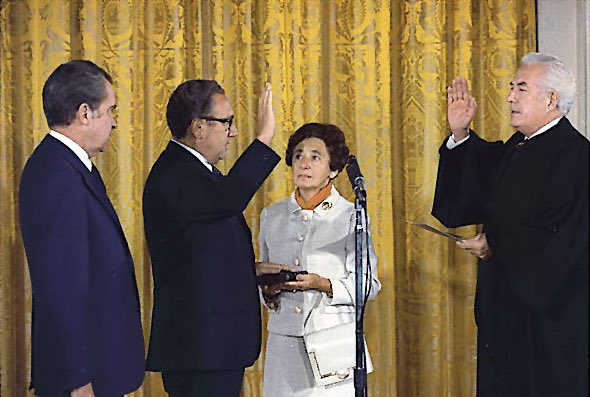



Chairman and CEO of American International Group (AIG), a former Starr subsidiary, which became the first fully licensed foreign insurance company in China.[ 







• • •
Missing some Tweet in this thread? You can try to
force a refresh







